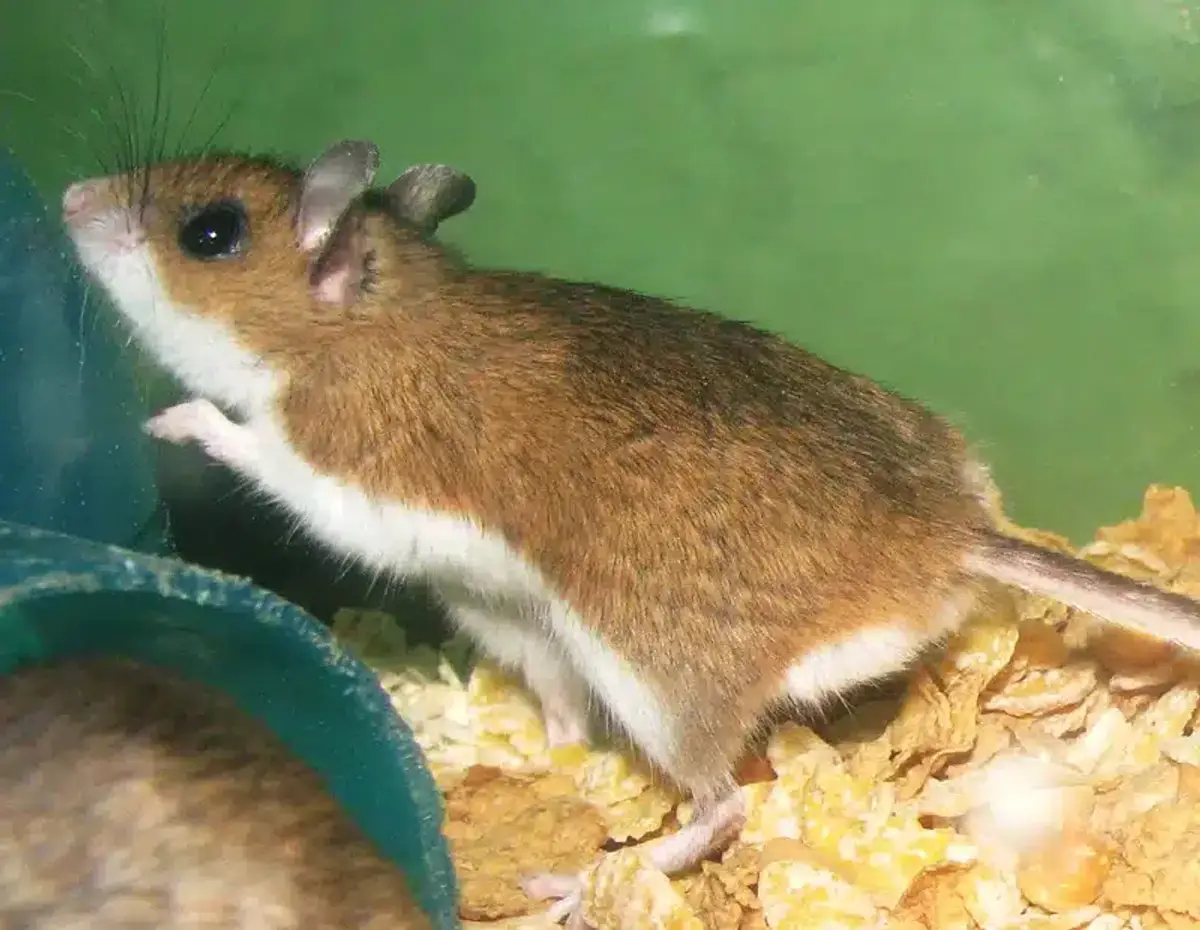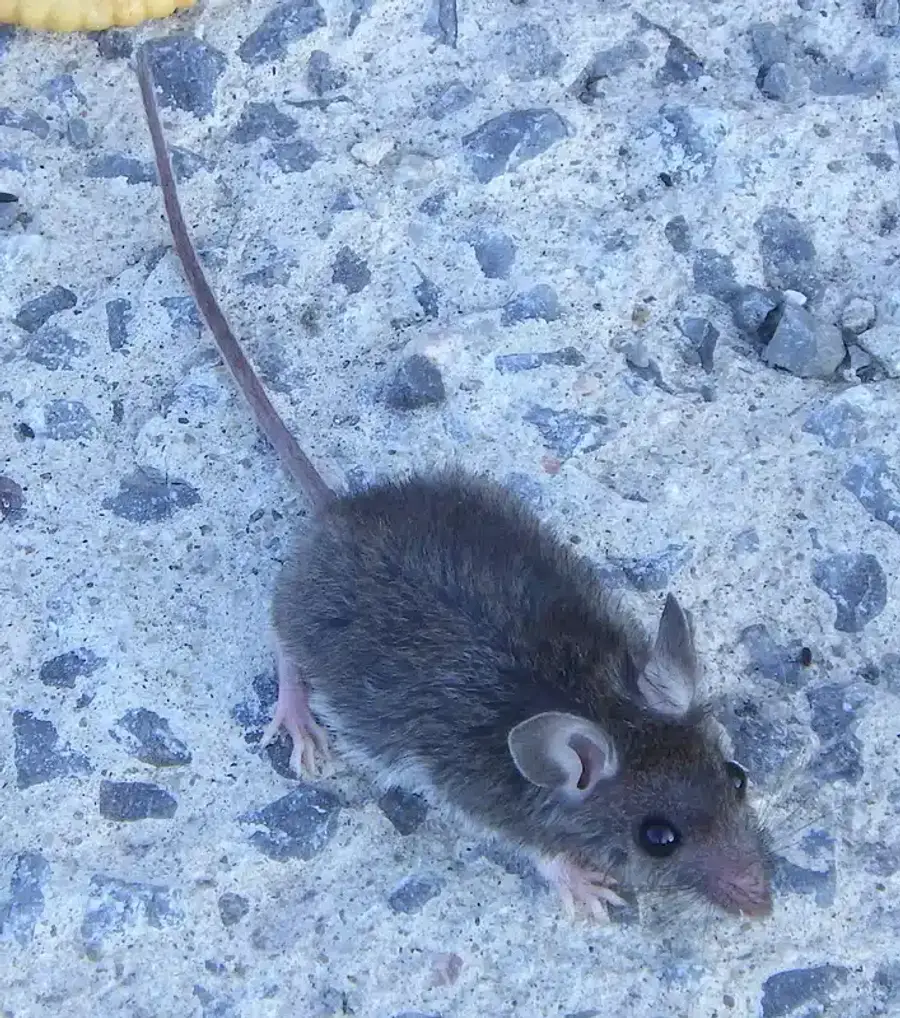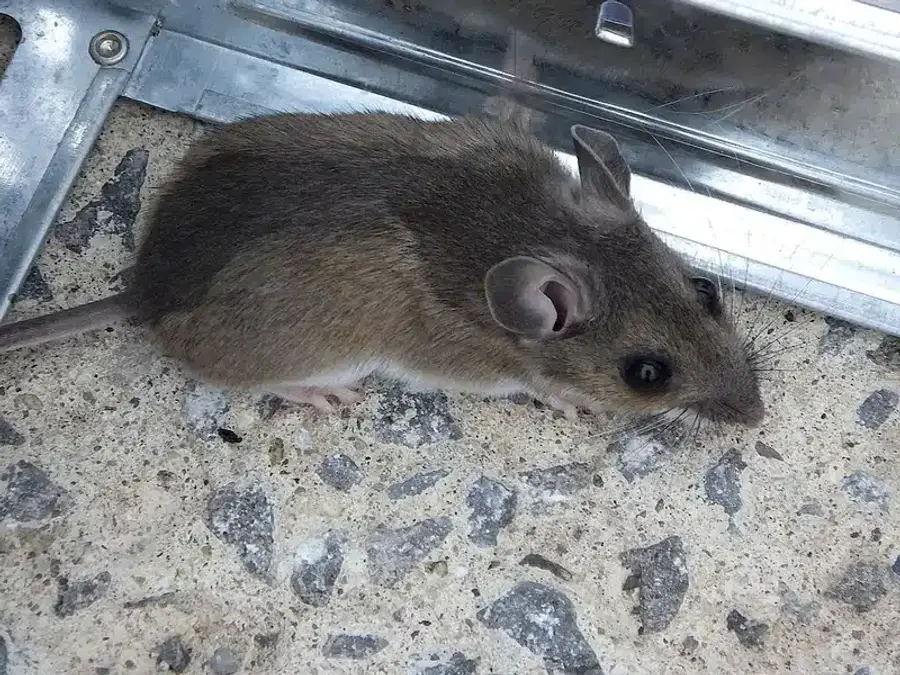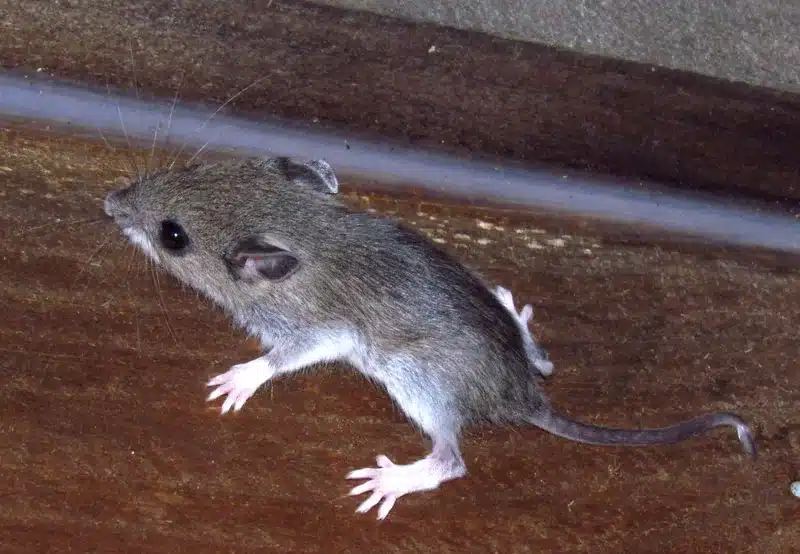As a licensed pest control technician since 2015, I’ve seen how confusing it can be to tell a deer mouse or a house mouse at a glance. In DC metro homes, field mice like deer mice sometimes sneak indoors alongside the common house mouse. Understanding these two types of mouse helps you get the right treatment and avoid costly, unnecessary attic work.
Understanding House Mice: Habitat and Behavior
House mice prefer indoor spaces - walls, attics, crawlspaces and garages. They build nests in hidden voids, behind appliances or inside stored boxes. A house mouse infestation can quickly grow because they breed year-round in warm spots.
Signs of a house mouse include mouse droppings in pantries and gnaw marks on food containers. For tips on attic infestations, see Mice in Attic? 5 Effective Solutions to Remove Them.
Understanding Deer Mice: Habitat and Field Mice Characteristics
Deer mice are true field mice that live outdoors in wooded or brushy areas. They sometimes enter homes in fall and winter, especially in cabins or rural houses. White-footed mice are a similar species that share many traits with deer mice.
Unlike house mice, deer mice and white-footed mice often nest in hollow logs, brush piles or garden sheds. For more on native mice, visit our Mice resource page.
Difference Between House Mice and Deer Mice: Fur, Eyes, and Body Size
Body size alone won’t tell a deer mouse from a house mouse - they both have 3-inch bodies and 3-4-inch tails. The key differences lie in their fur and proportions.



Deer mice have a two-tone coat - brown or gray on top and stark white underneath. They have larger eyes and ears relative to their body size. House mice have uniform gray-brown fur, smaller features and a mostly hairless tail.
Behavioral Differences: House Mice vs Field Mice
House mice are highly adaptable indoors and omnivorous - mice are known to nibble on cereal grains, pet food and even grease. They’re opportunistic feeders that contaminate more than they eat.
Deer mice are nocturnal and prefer to store food like seeds and nuts near their nests. You may find small caches of kibble in a corner of your garage if deer mice have moved in.
Health Risks: Deer Mice and House Mice Carry Diseases
All mice pose health risks, but deer mice are the primary carrier of hantavirus pulmonary syndrome. You can catch this by inhaling dust contaminated with mouse feces and urine.
House mice often carry the LCM virus. According to the CDC, lymphocytic choriomeningitis can spread via contact with fresh droppings or nesting material. Both species can transmit salmonella via contaminated surfaces.
Follow CDC rodent control guidelines when cleaning up - spray droppings with disinfectant and wear gloves and a mask to avoid aerosolizing pathogens.
Signs of a Mouse Infestation: Deer Mice vs House Mice
Common signs include droppings, gnaw marks, nests made of shredded paper or insulation, and greasy smudge marks along baseboards. A deer mouse nest often contains natural fibers, while house mice use cardboard or cloth.
Listen for scratching or scurrying at night in walls or the attic. If you spot a live mouse, expect more hidden residents - you’re dealing with a mouse infestation that needs prompt action.
How to Prevent House Mice and Deer Mice: Proactive Measures
Sanitation is crucial for effective pest control. Store food in airtight containers and keep pet food off the floor. Mice prefer easy meals and will chew through soft packaging.
Modify habitat by trimming vegetation and removing debris or woodpiles near your foundation. For more on keeping mice out, see Effective Tips to Keep Mice Outside Your Home.
Integrated Pest Control for Deer Mice vs House Mice
An integrated pest management approach combines exclusion, trapping, baiting and sanitation. This method is crucial for effective pest control and long-term success.
Our licensed technicians use a four-step rodent protocol based on thousands of calls in Old Town Alexandria:
- Inspect the home for hot spots (droppings, gnaw marks, nests).
- Place tamper-proof bait stations near activity areas.
- Perform follow-ups at 1 and 3 weeks to track progress.
- Provide quarterly maintenance to keep new mice out.
Learn how much professional service costs in our 2025 Service Price Guide.
Exclusion Techniques: Sealing Entry Points Against House Mice and Deer Mice
Sealing gaps is the first defense. Mice can squeeze through openings the size of a dime - use steel wool, hardware cloth and pest-rated expanding foam to plug holes.
A common mistake is re-insulating the attic before sealing lower-level entry points. In most cases, targeted exclusion and baiting work far better than ripping out insulation.
Trapping Strategies for House Mice and Deer Mice
Snap traps deliver quick knockdown and avoid odor issues from dying mice in walls. Place traps perpendicular to walls, bait with peanut butter, and set one every 6-8 feet along runways.



Avoid glue boards if you want a more humane solution. Live-catch traps can work, but released mice often return or perish outdoors. Check traps daily and reset until no more catches.
Rodent Control: Baiting Options for House Mice and Deer Mice
When traps aren’t enough, use EPA-approved bait in tamper-resistant stations. Consumer baits contain first-generation anticoagulants, bromethalin or cholecalciferol. Always follow label directions.
Expect delayed results - mice may die in hidden spots, causing odor issues. Professionals have access to stronger baits and know how to place stations safely around a home or business.
Professional Pest Control vs DIY: When to Call an Expert
If you’re still catching mice nightly after two weeks of trapping and sealing, or if droppings are widespread, it’s time to call a pro. Licensed technicians can handle large infestations and hidden colonies.
Better Termite & Pest Control offers unlimited callbacks until you see results. We serve DC, Alexandria and beyond - learn more at Rodent Control Alexandria.
Treatment Protocols in Different DC Metro Locations
In Old Town Alexandria we recommend monthly visits for heavy activity. In Gaithersburg and Rockville, suburban homes may need quarterly service. South Riding’s wooded buffers call for seasonal plans to match rodent cycles.
Lower-Level Baiting vs Attic Insulation: What Really Works
Most competitors push full attic insulation, which is costly and rarely needed. My field experience shows that lower-level baiting and targeted exclusion solve the problem faster and at a lower cost.
Long-Term Maintenance to Prevent Future Infestations
Keep traps set as a sentinel system and inspect for new droppings every month. Maintain good sanitation, trim shrubs away from the foundation and seal any new cracks promptly.
Vigilance and quarterly check-ups help control deer mice and house mice before they become a full-blown infestation.
Ready to tackle your mouse problem? Call us at 703-683-2000 or email info@bettertermite.com for an estimate or any questions.
Frequently Asked Questions
Do I have deer mice or house mice?
+
Look at fur color and tail. Deer mice have a crisp white belly and bicolored tail. House mice are uniform brown or gray with a mostly hairless tail.
Are deer mice harder to get rid of?
+
Deer mice enter seasonally and may leave when temperatures rise. House mice prefer indoor life and breed year-round, so they can be tougher to eliminate.
What to do if you have deer mice in your house?
+
Wear gloves and a mask when cleaning droppings. Set snap traps or tamper-proof bait stations near entry points. If in an attic, consider calling a professional for cleanup and exclusion.
Do deer mice have hantavirus vs house mice?
+
Deer mice are the main carriers of hantavirus pulmonary syndrome. House mice rarely carry this virus but can spread LCM and salmonella.
How can I prevent mice from returning?
+
Seal all gaps, store food in airtight containers, trim plants away from your home and keep traps as a monitoring tool. Regular sanitation is key to long-term control.
With five years of hands-on experience in the pest control industry, George Schulz is a registered technician with the Virginia Pest Management Association and a proud third-generation professional in a family business that's been protecting homes for over 57 years. He manages and trains a team of service pros while also leading internal research efforts—recently spearheading a deep-dive review of thousands of documents on pest control materials to hand-pick the most kid and pet friendly, most effective solutions tailored specifically for homes in the DC metro area.
